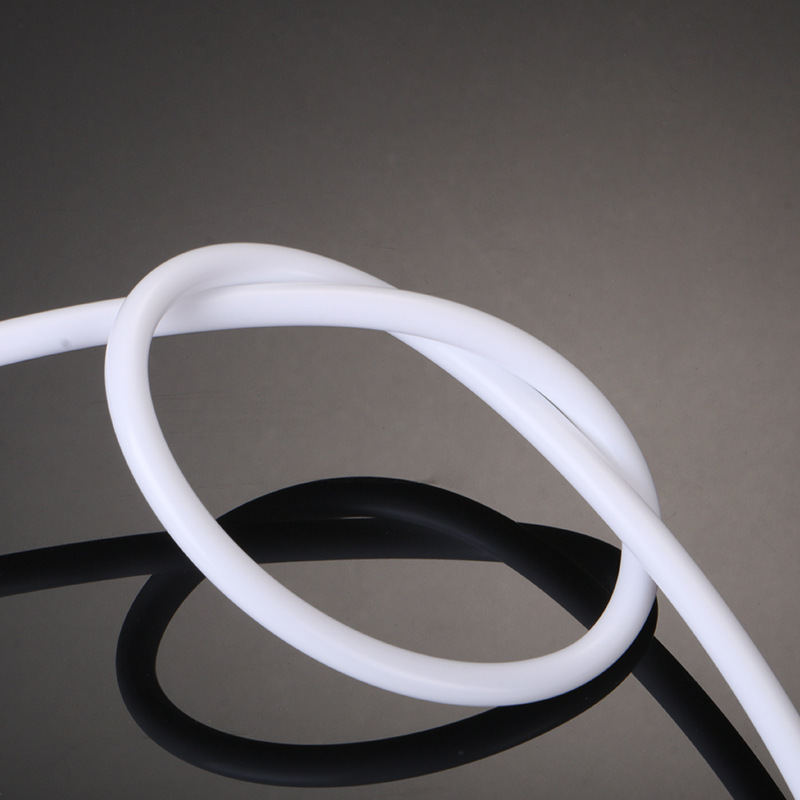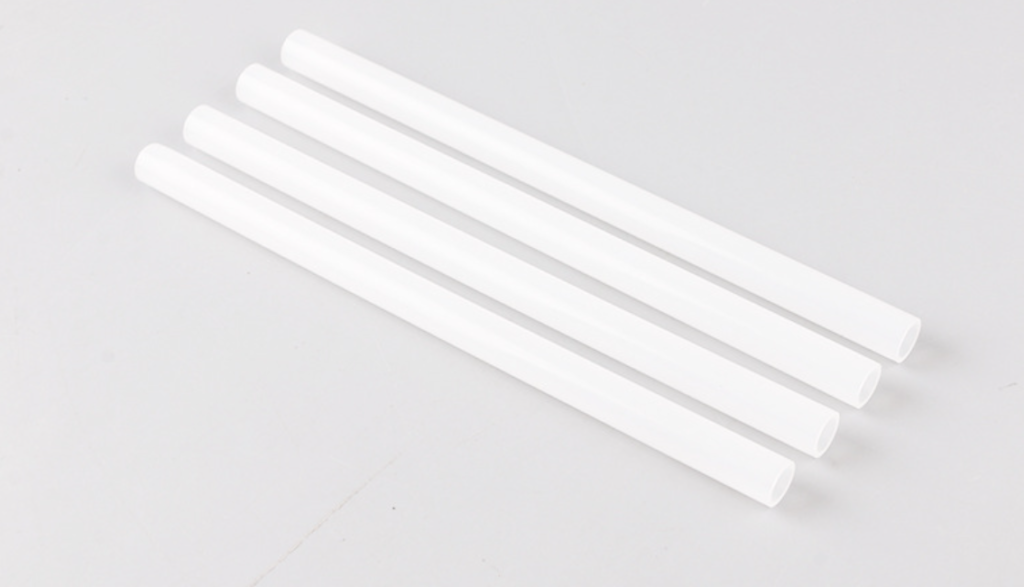When it comes to selecting the right piping material for water transport, polyethylene (PE) pipes have emerged as a popular choice among engineers, contractors, and homeowners alike. The question, “Can PE pipe be used for water?” is not just a simple yes or no; it encompasses a range of considerations, including safety, durability, installation practices, and specific applications. In this comprehensive guide, I will explore the various facets of PE pipes, providing you with the insights and knowledge needed to make informed decisions about their use in water systems.
Table of Contents
ToggleWhat is PE Pipe?
Polyethylene pipes are made from a thermoplastic polymer known as polyethylene, which is derived from petroleum. This material is characterized by its lightweight, flexibility, and resistance to corrosion, making it suitable for a wide range of applications. There are different grades of PE pipes, such as PE80 and PE100, which refer to the density and pressure rating of the material. PE100, for instance, is a higher-density polyethylene that can withstand greater pressure, making it ideal for high-demand applications.
The Science Behind PE Pipes
The molecular structure of polyethylene contributes to its unique properties. The long chains of polymer molecules provide strength and flexibility, allowing the pipes to bend without breaking. This flexibility is particularly advantageous in environments where ground movement or shifting may occur, as it reduces the risk of cracking or failure. Additionally, PE pipes are resistant to a variety of chemicals, which means they can transport not only water but also other fluids without degrading.
Advantages of Using PE Pipe for Water
Durability and Longevity
One of the most significant advantages of PE pipes is their durability. Unlike traditional materials such as metal or concrete, PE pipes do not corrode or rust, which can lead to leaks and system failures. They are also resistant to chemical damage, making them suitable for transporting water that may contain various contaminants. In fact, PE pipes can last for over 50 years with proper installation and maintenance, providing a long-term solution for water transport.
Flexibility and Ease of Installation
The flexibility of PE pipes simplifies the installation process. They can be easily maneuvered around obstacles, reducing the need for additional fittings and joints. This not only speeds up the installation but also minimizes potential leak points, enhancing the overall reliability of the system. Moreover, the lightweight nature of PE pipes makes them easier to handle and transport, further streamlining the installation process.
Cost-Effectiveness
When evaluating the cost of a piping system, PE pipes often prove to be a cost-effective option. Their lightweight design reduces transportation costs, and the ease of installation can lead to significant labor savings. Additionally, the long lifespan of PE pipes means fewer replacements and repairs, ultimately saving you money in the long run.

Are PE Pipes Safe for Drinking Water?
Regulatory Standards
Safety is paramount when it comes to drinking water systems. PE pipes are subject to rigorous regulatory standards to ensure they are safe for potable water. In many countries, these pipes must meet guidelines set by organizations such as the American Water Works Association (AWWA) and the National Sanitation Foundation (NSF). These standards ensure that the materials used in PE pipes do not leach harmful substances into the water, making them a safe choice for drinking water applications.
Material Safety
Polyethylene is a non-toxic material, which adds to its appeal for drinking water systems. Unlike some other materials that may leach harmful substances into the water, PE pipes maintain the quality of the water they transport. This is particularly important for residential and municipal water systems, where the health and safety of consumers are at stake.
Common Applications of PE Pipes in Water Systems
Residential Water Supply
In residential settings, PE pipes are commonly used for plumbing systems. Their flexibility and resistance to corrosion make them ideal for both hot and cold water supply lines. Homeowners can enjoy peace of mind knowing that their plumbing is durable and safe, reducing the risk of leaks and water damage.
Irrigation Systems
For agricultural applications, PE pipes play a crucial role in irrigation systems. Their ability to handle varying water pressures and flow rates makes them perfect for delivering water to crops efficiently. Farmers appreciate the reliability and longevity of PE pipes, which contribute to sustainable agricultural practices. The smooth interior surface of PE pipes also reduces friction loss, allowing for more efficient water delivery.
Municipal Water Distribution
Many cities rely on PE pipes for their water distribution networks. The lightweight nature of these pipes allows for easier installation in urban environments, where space can be limited. Additionally, their resistance to corrosion ensures that municipal water remains clean and safe for residents. PE pipes can also be used in trenchless installation methods, minimizing disruption to existing infrastructure.

Potential Issues with PE Pipes
Temperature Sensitivity
While PE pipes are durable, they can be sensitive to extreme temperatures. In very high heat, the material may soften, while extremely low temperatures can make it brittle. It’s essential to consider the climate and environmental conditions when installing PE pipes to ensure optimal performance. For instance, in regions with freezing temperatures, insulation or heat tracing may be necessary to prevent damage.
UV Degradation
Prolonged exposure to sunlight can lead to UV degradation of PE pipes. To mitigate this issue, it’s advisable to bury the pipes or use protective coatings that shield them from UV rays. This simple precaution can significantly extend the lifespan of your piping system. Additionally, using black or dark-colored PE pipes can help absorb UV radiation and reduce degradation.
Joint Integrity
The integrity of joints and connections is crucial for any piping system. While PE pipes can be joined using various methods, such as butt fusion and electrofusion, it’s essential to ensure that these connections are made correctly. Poorly executed joints can lead to leaks and system failures, so always follow best practices during installation. Regular inspections of joints can also help identify potential issues before they become significant problems.
Installation Best Practices for PE Pipes
Preparation and Planning
Before installation, it’s vital to conduct a thorough site assessment. Understanding the terrain, soil conditions, and potential obstacles will help you plan the installation process effectively. Proper preparation can save time and resources in the long run. Additionally, consider the depth of burial for the pipes, as this can affect their performance and longevity.
Joining Methods
Choosing the right joining method is critical for the success of your PE piping system. Butt fusion and electrofusion are two common techniques that create strong, leak-proof connections. Ensure that your installation team is trained in these methods to guarantee the integrity of the system. Properly executed joints will enhance the overall reliability of the piping network.
Testing and Quality Control
After installation, conducting pressure tests and inspections is essential. These tests help identify any potential leaks or weaknesses in the system, allowing for timely repairs. Quality control measures ensure that your PE piping system operates efficiently and safely. Regular maintenance checks can also help prolong the life of the system and prevent unexpected failures.
Conclusion
In summary, PE pipes are an excellent choice for water transport due to their durability, flexibility, and cost-effectiveness. They meet stringent safety standards for drinking water and are widely used in residential, agricultural, and municipal applications. By understanding the potential issues and following best practices for installation, you can ensure a reliable and efficient water system.
If you have any questions or experiences to share regarding the use of PE pipes, feel free to leave a comment below. For more personalized advice or professional consultations, don’t hesitate to reach out. Your journey to a better water transport solution starts here!

